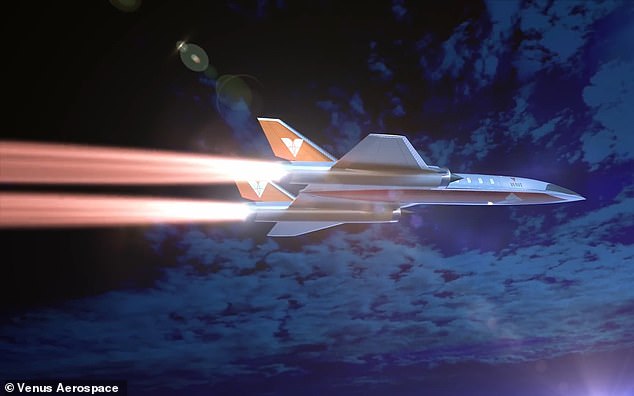It sounds like a dream too good to be true for today’s modern businessmen and women.
But daily trips across the Atlantic could be shortened by eight times, thanks to a new “hypersonic” ocean liner in the works.
A Texas aerospace company called Venus Aerospace is working on a jet plane called Stargazer, along with the engine that will power it.
Stargazer will be “hypersonic,” meaning it will be able to travel at more than five times the speed of sound, and it will also fly higher than other aircraft.
If cleared for commercial travel, the $33 million plane could complete the 3,459-mile trip from London to New York in less than an hour, about three times faster than the Concorde (1,354 mph) and five times faster than the next NASA plane that is being nicknamed ‘Son of Concord’ (937 mph).
Daily trips across the Atlantic could be shortened by eight times thanks to a new “hypersonic” ocean liner in the works (conceptual image)
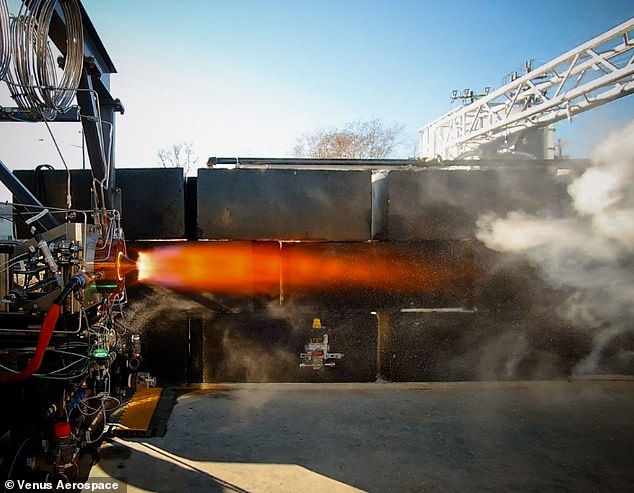
Venus’ advanced propulsion system (pictured during testing) is designed to power high-speed vehicles, including drones and airplanes.
At the Up Summit event in Bentonville, Arkansas, last week, Venus Aerospace unveiled the engine that will propel its Stargazer aircraft through the skies.
It’s called the Venus Detonation Ramjet 2000 lb Thrust Engine, also known as ‘VDR2’.
Andrew Duggleby, co-founder of Venus Aerospace, said the engine will enable a “revolution in high-speed flight.”
“This engine makes the hypersonic economy a reality,” said Duggleby, who founded the company in 2020.
According to Venus Aerospace, the VDR2 can reach speeds of Mach 6 or six times the speed of sound, or about 4,600 mph.
That would officially make it “hypersonic,” which is the level above “supersonic” (exceeding the speed of sound: Mach 1 or 767 mph).
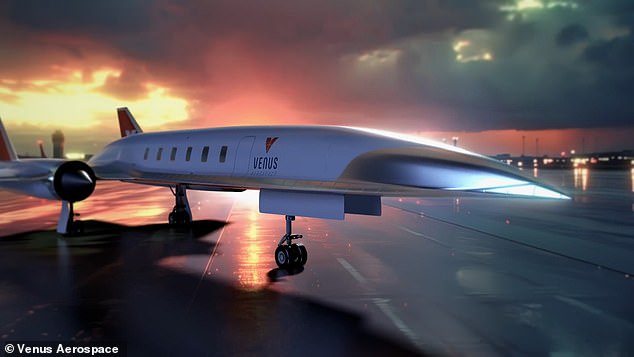
Venus Aerospace has already released concept images of Stargazer, but it’s unclear how close it is to building a prototype of equivalent size.
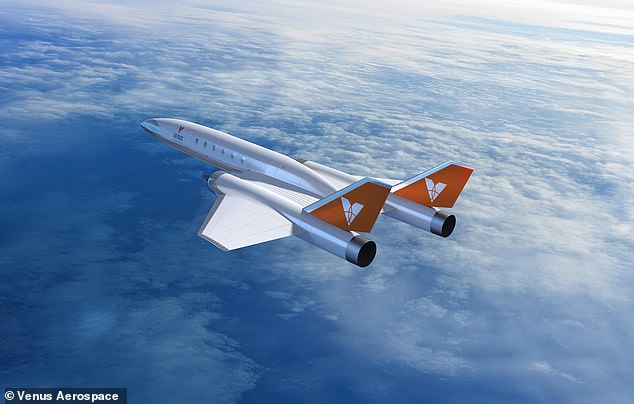
It will take off using traditional jet engines, but once it reaches sufficient altitude it will transition to VDR2 (conceptual image)
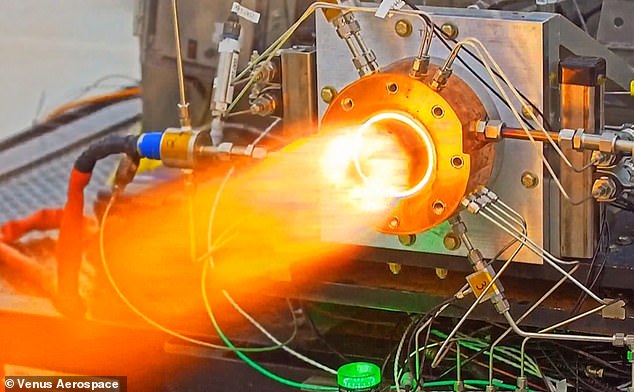
Venus Aerospace says: ‘The VDR2 combines the high thrust and efficiency of the rotary detonation rocket engine (RDRE) with the high-efficiency cruise speed of a Ramjet.’
When ready, VDR2 will power high-speed drones, as well as Stargazer, which the company has raised $33 million to build.
VDR2 was already successfully tested on a small drone earlier this year, and now the company is considering a second drone test in 2025.
Venus Aerospace has already released concept images of Stargazer, but it’s unclear how close it is to building a prototype of equivalent size.
If Stargazer comes to fruition, it will be the first commercial passenger plane to fly faster than the speed of sound since Concorde.
Retired more than 20 years ago, the Concorde flew at a maximum altitude of 60,000 feet.
According to Venus Aerospace, its next plane will not only be faster but will fly higher: up to 110,000 feet.
It will take off using traditional jet engines, but once it reaches sufficient altitude it will move on to VDR2, which uses rockets and a “ramjet.”
Ramjets are a type of air-breathing jet engine that uses the forward motion of the engine to compress the incoming air.
Like the passengers of the Concorde almost a quarter of a century ago, the passengers of the Stargazer will be high enough to see the curvature of the Earth.
This is where the horizon is a slight curve rather than a straight line, typically seen from 50,000 feet.
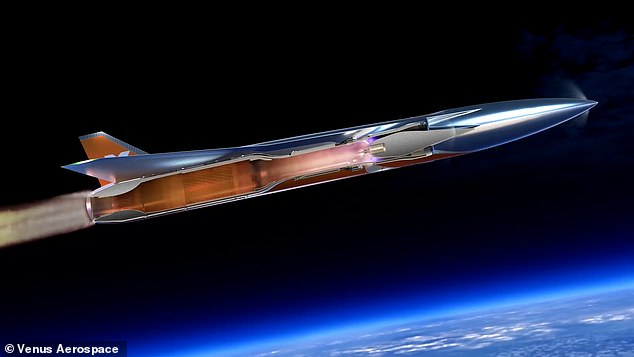
According to Venus Aerospace, the VDR2 can reach speeds of Mach 6 or six times the speed of sound (about 7,600 mph), which would officially make it “hypersonic.”
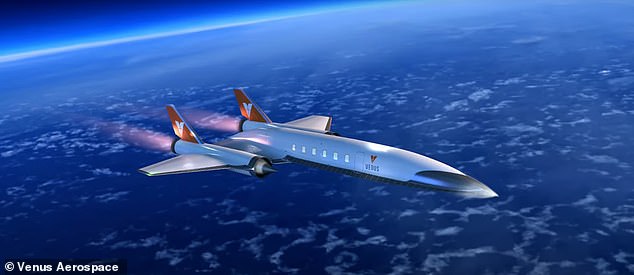
According to Venus Aerospace, its next Stargazer plane will not only be faster than the Concore but will fly higher: up to 110,000 feet.
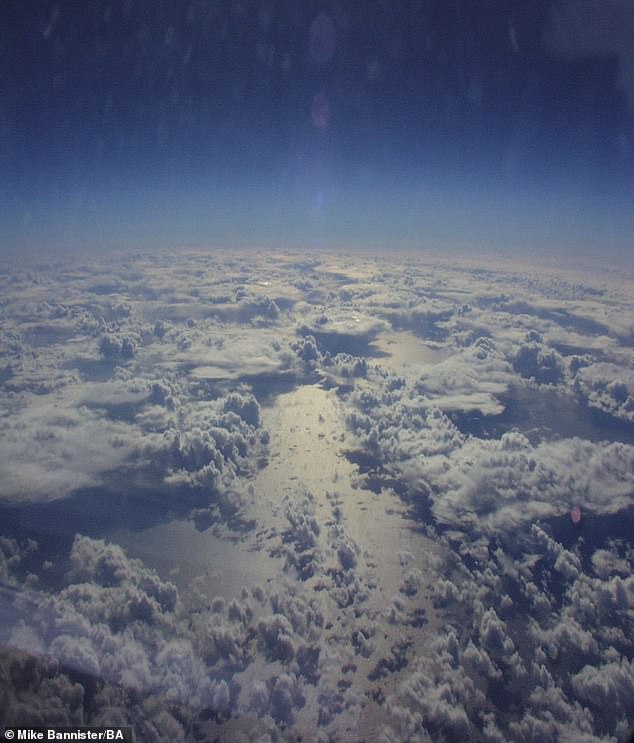
Retired more than 20 years ago, the Concorde flew at a maximum altitude of 60,000 feet. In the photo, the curvature of the Earth seen from Concorde.
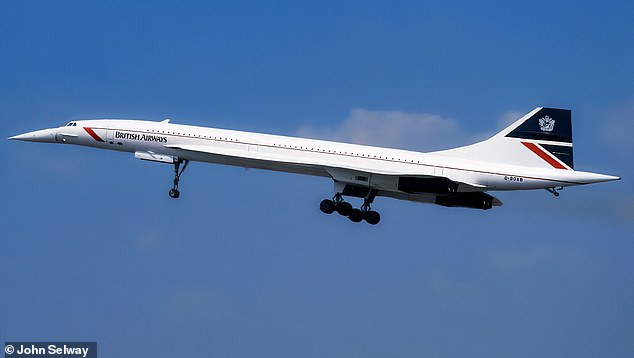
The Concorde was the first supersonic aircraft and operated for 27 years but was grounded in October 2003. Pictured is British Airways’ Concorde G-BOAB taking off over the Cotswolds.
Venus Aerospace is working with Ohio company Velontra, which provides hypersonic weapons technologies, to bring the plane to life.
“We’re eager to dig in, get the first one flying and ultimately perfect an engine concept that has lived primarily in textbooks, but never as a production unit in the air,” said Eric Briggs, chief operating officer. from Velontra.
Stargazer may not be ready before NASA’s new 100-foot-long plane, called the X-59, exists as a prototype.
The X-59 is capable of cruising at 937 miles per hour, which is faster than the speed of sound but not as fast as Stargazer.
Another new supersonic spacecraft that is also known as the son of Concorde, Boom Supersonic’s Overture, is also preparing for its debut flight.
Largely because of the noise it made, the Concorde was largely limited to flights over the Atlantic, that is, from Paris to New York and from London to New York.
The legendary aircraft was the world’s first supersonic aircraft and operated for 27 years, but was grounded in October 2003.
Since then, no government or manufacturer has been able to launch a commercial airliner that can travel faster than the speed of sound.
Many of the reasons for the Concorde’s demise were high fuel costs, concerns about its noise, and a preference for lower fares over speed.
However, it was not the first aircraft to break the sound barrier; that achievement was accomplished by the Bell X-1, piloted by Chuck Yeager, in October 1947.
The rocket-engine-powered plane, designed and built in 1945, reached a speed of 700 miles (1,127 kilometers) per hour.

